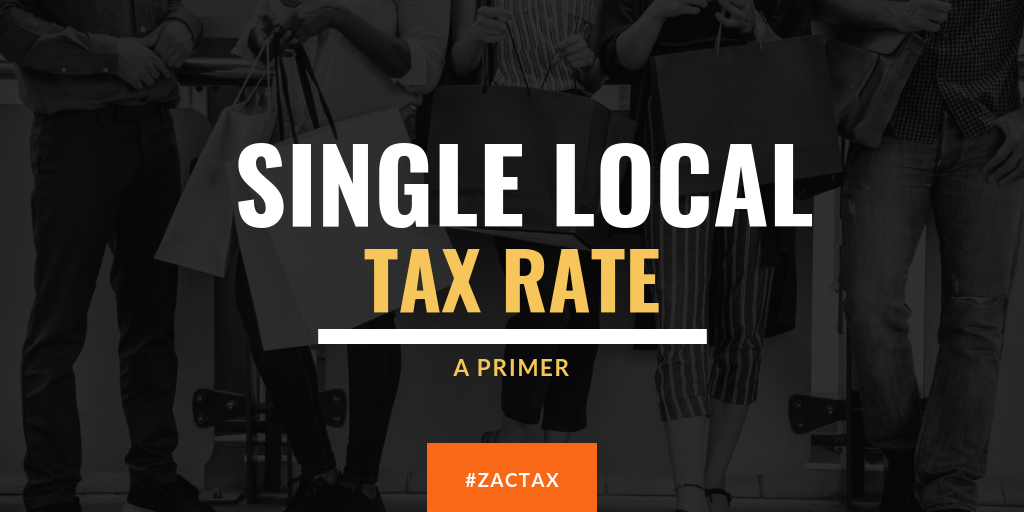In response to the recent SCOTUS ruling in the Wayfair case, the Texas Comptroller has issued draft legislation for the upcoming session to simplify local sales collections for remote sellers. The plan would create a “single local tax” to which sellers may opt in, eliminating the need for collecting the actual local taxes due for any given transaction.
We also have a detailed analysis of the single local tax proposal
Replacing the fee in lieu of local sales and use taxes
Section 151.059 of the Tax Code would be amended to define a “remote seller” as someone whose only activity in the state is the solicitation and sale of taxable items via catalogs, telephone, mail, or other media. In other words, someone who sells in Texas but doesn’t have a physical presence in Texas.
The remote seller may elect to collect and remit sales and use taxes on transactions in Texas using a single local tax rate (this is in addition to the state’s 6.25%). If a remote seller does not elect to collect the single local tax, they must collect all applicable local taxes for each transaction.
How the single local tax rate is calculated
The single local tax rate is an “estimated average rate of local sales and use tax in [Texas] during the preceding state fiscal year.” It is calculated by taking the total amount of local sales tax collected during that period, dividing it by the total amount of state sales tax collected during the same period.
This ratio is then applied to the State sales tax rate (currently 6.25%), and the resulting amount is rounded up or down to the nearest 0.25%. This value becomes the single local tax rate for the following calendar year.
In calendar 2019, the single local tax rate would be 1.75% (the raw estimated rate is approximately 1.84% based on a ZacTax analysis of available public data).
Allocating single local tax collections to local jurisdictions
Section 403.107 of the Government Code would be amended to define a formula for distributing single local tax collections to local taxing entities. Each month, the Comptroller will calculate each local taxing entity’s percentage of all local taxes collected during that month, and apply that pro rata amount to the total single local taxes collected.
For example, if $1m single local taxes are received in a given month, and City A accounts for 1% of the total local sales and use taxes collected under Title 3 of the Tax Code, they would be apportioned 1% of the $1m, or $10,000.
Refunds to purchasers for superfluous tax payments
The bill allows consumers the right to apply for a refund of the amount of single local taxes paid by the consumer that exceeds the amount of local taxes the consumer would have paid if the actual local tax were applied.
For example, a purchaser living in an area where the combined local tax rate is 1.5% would be annually eligible for a refund of the additional 0.25% paid under the single local tax rule. Rules regarding the refund process are left up to the Comptroller, including what proof may be required to receive a refund. It is not clear how these refunds would be held back from local governments, although one would assume it would be apportioned on a pro rata share just like the allocations.
What's next?
The 86th legislative session begins on January 8, 2019. If approved as presented, it would go into effect September 1, 2019.
